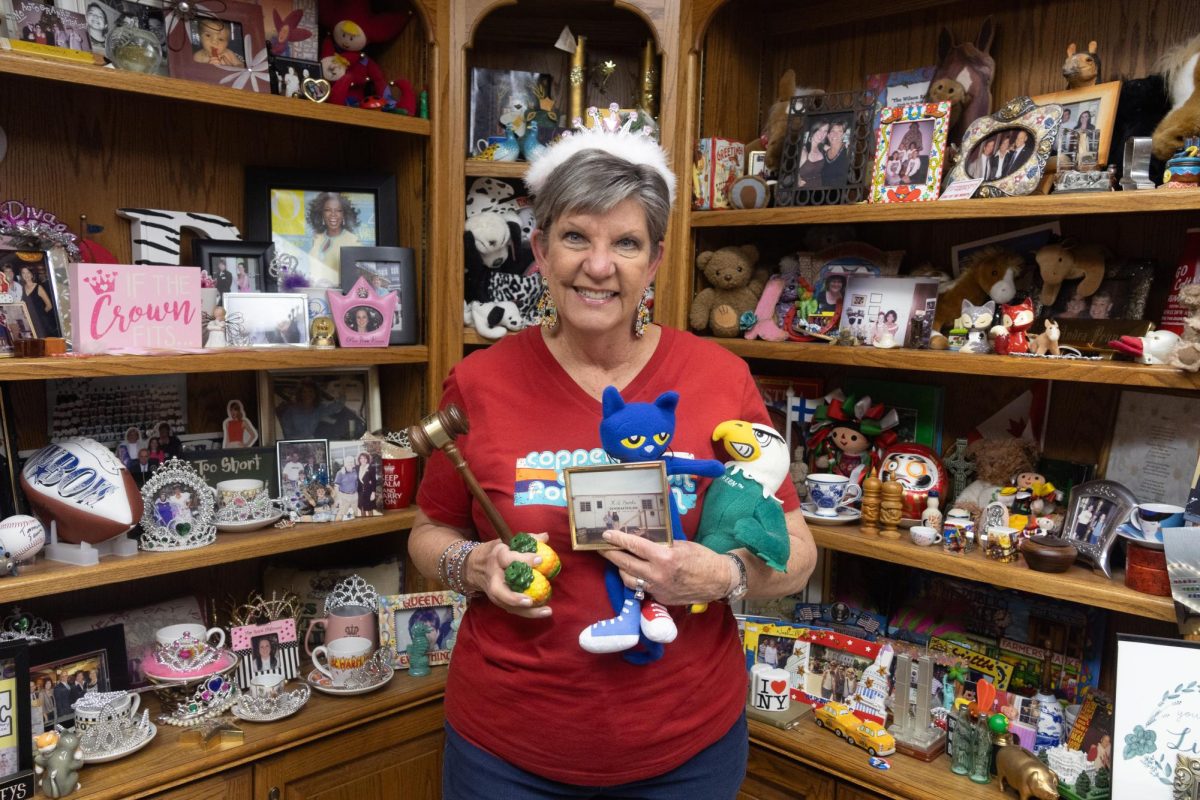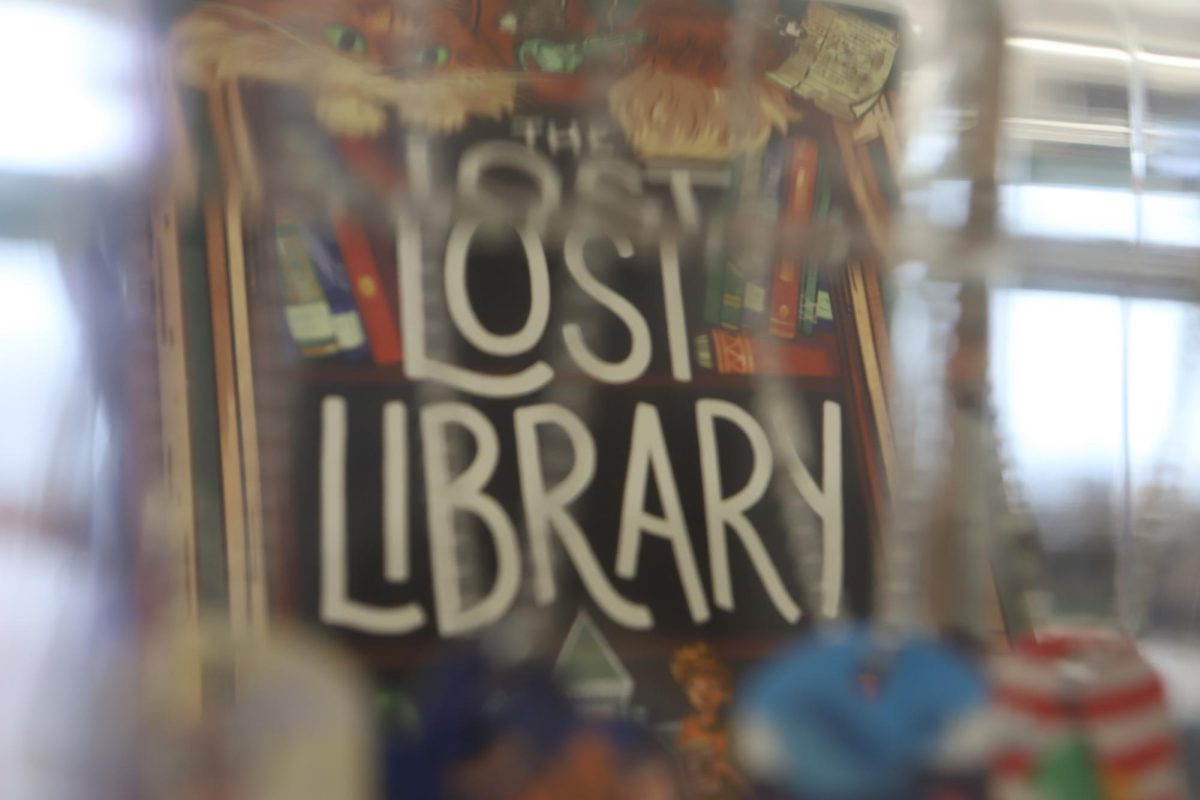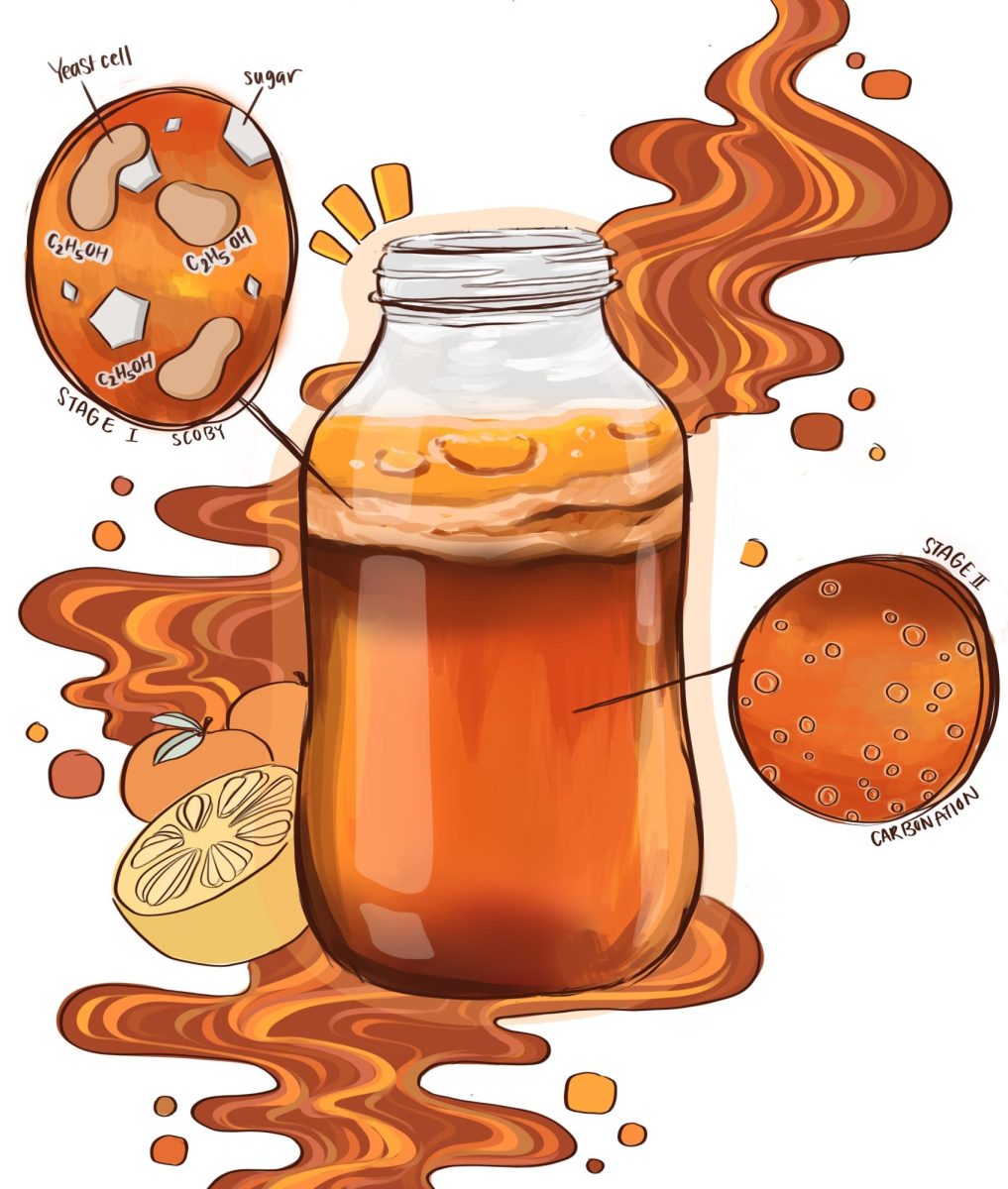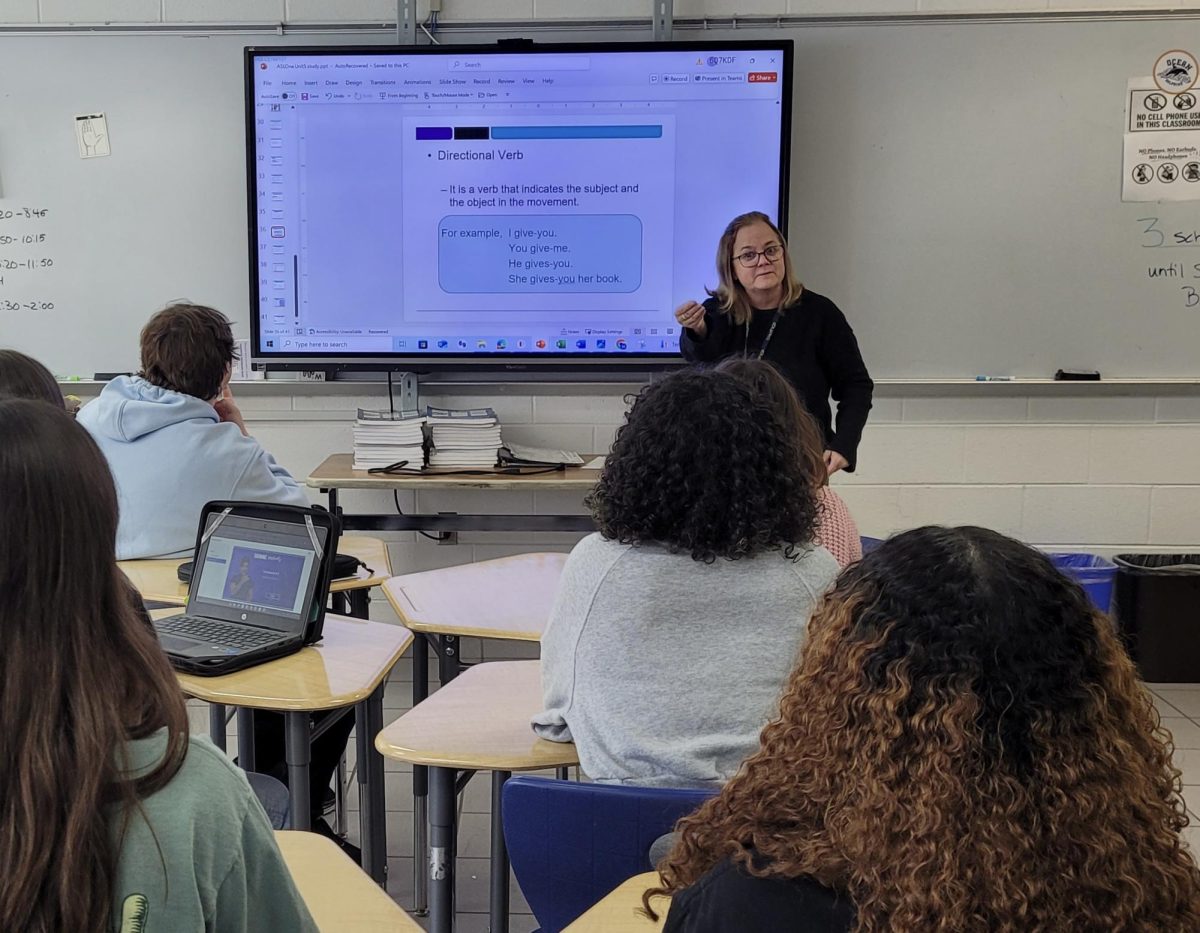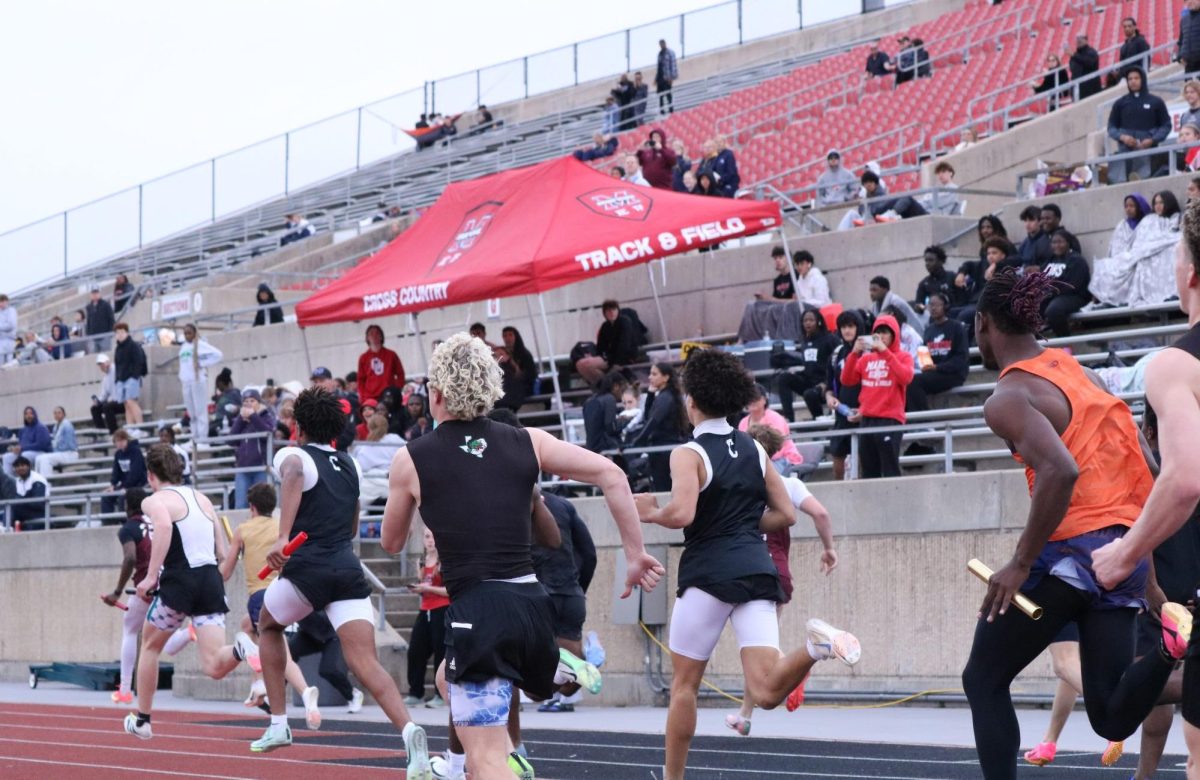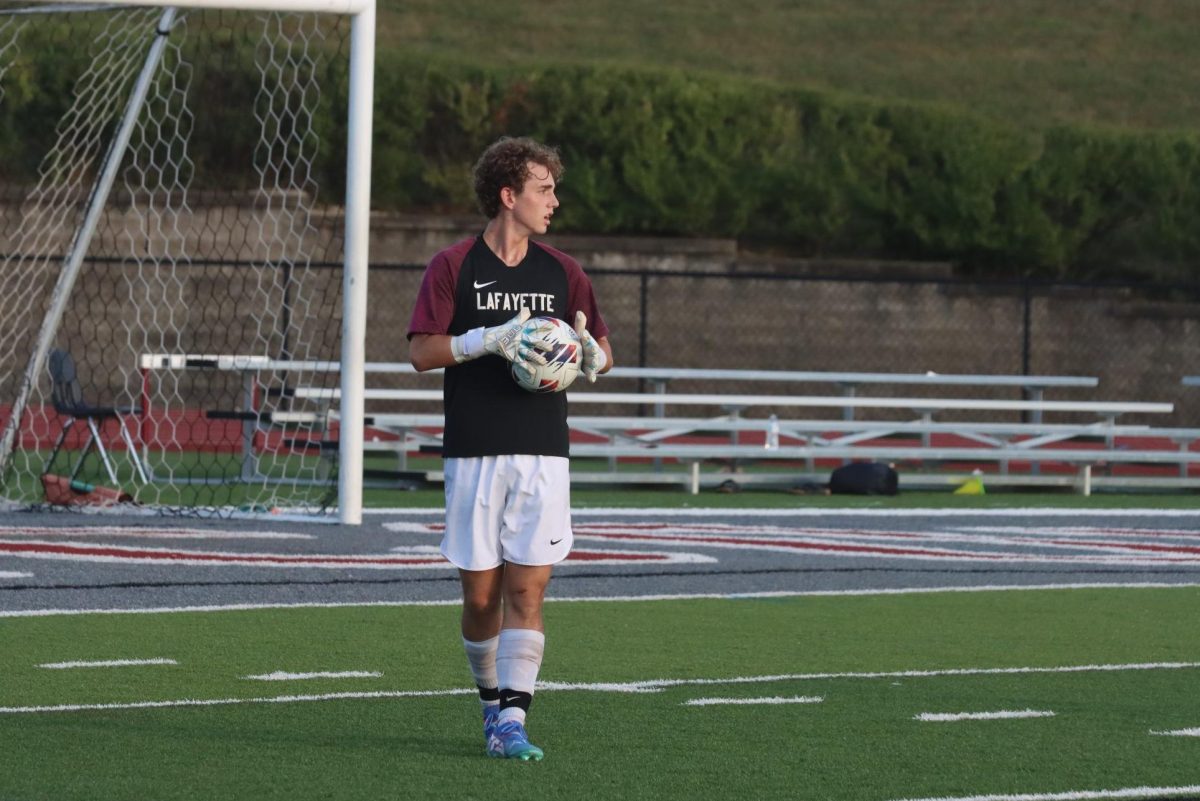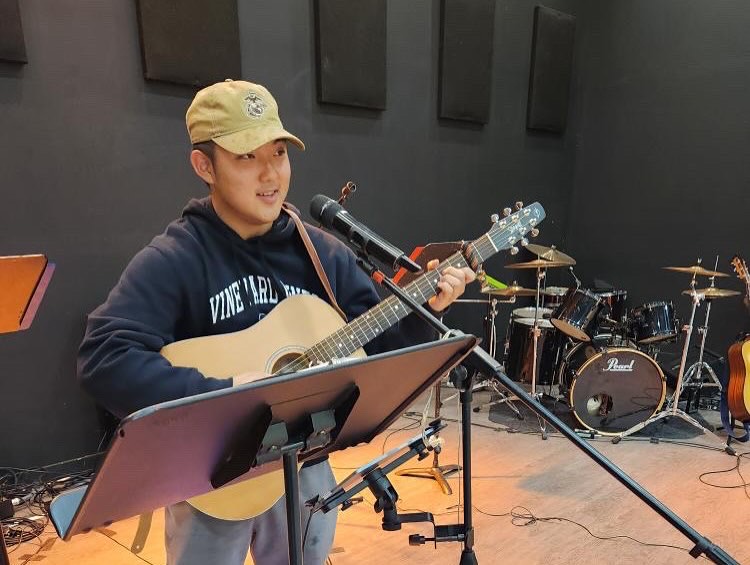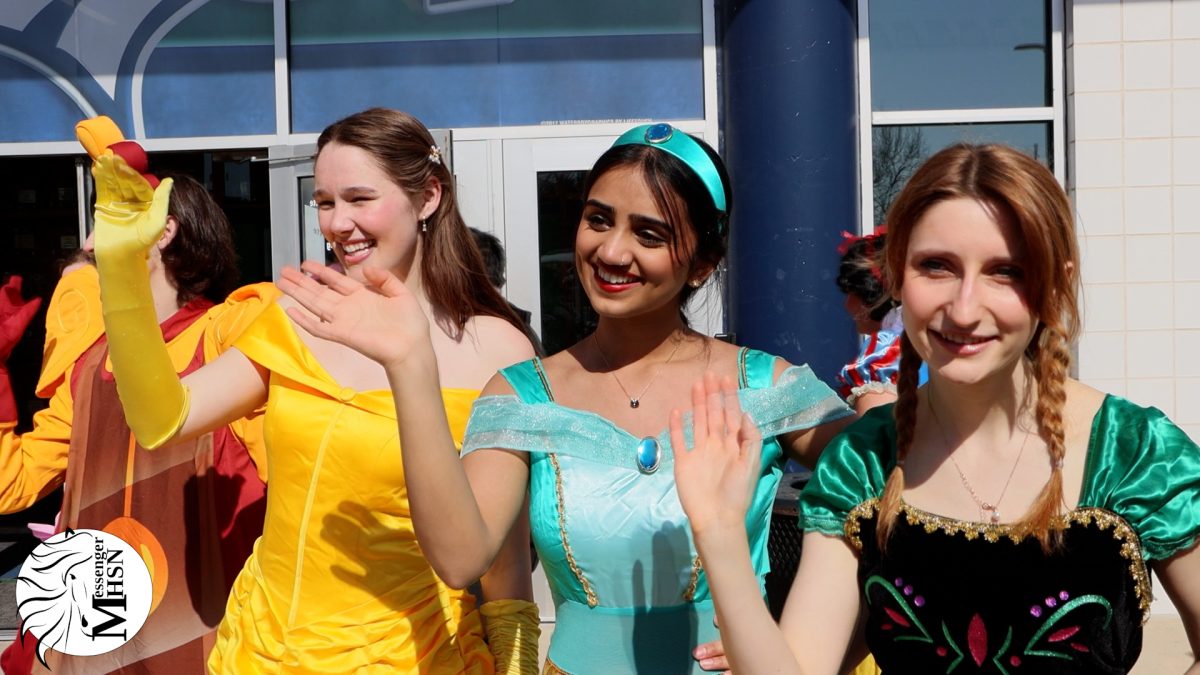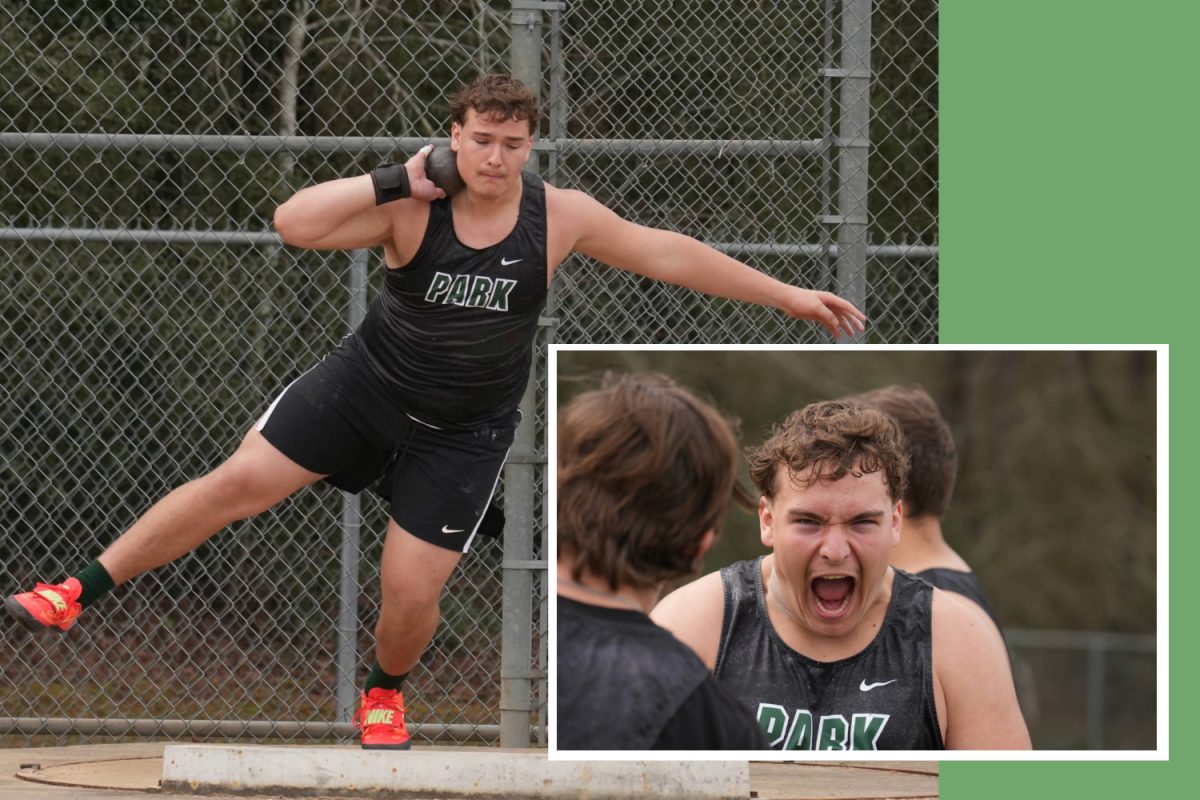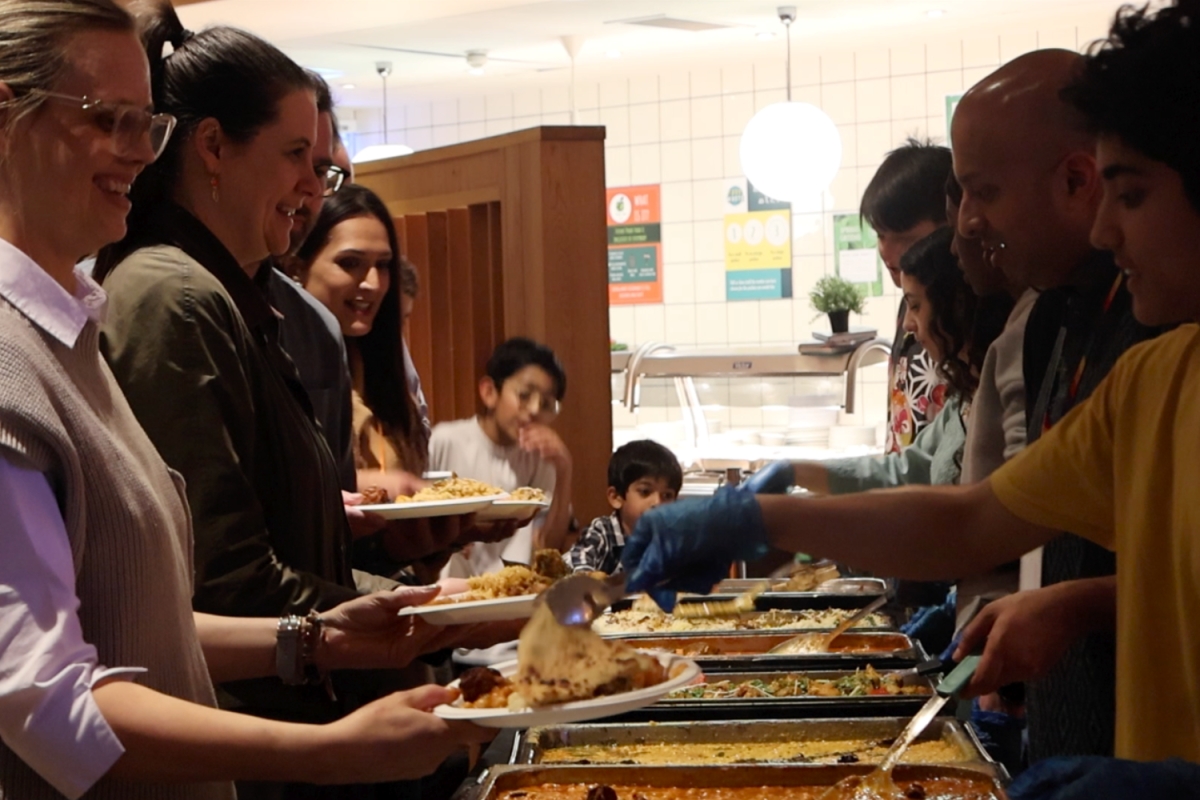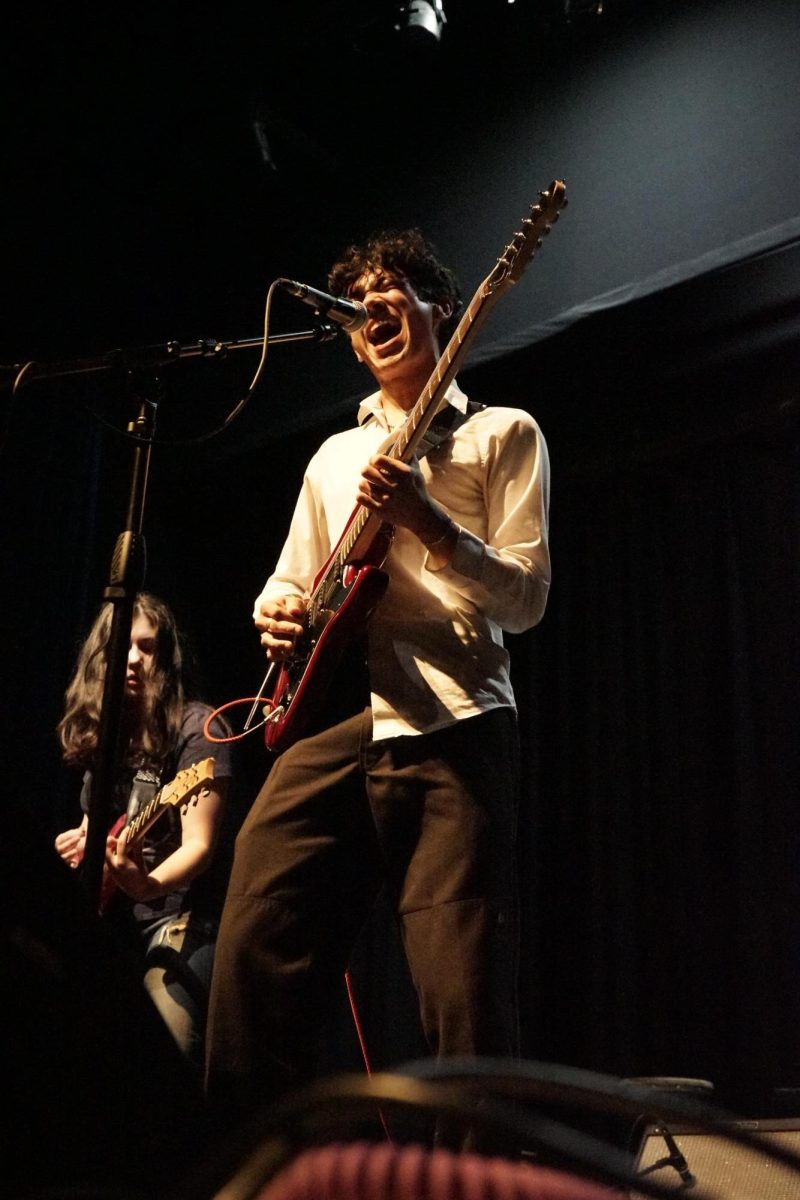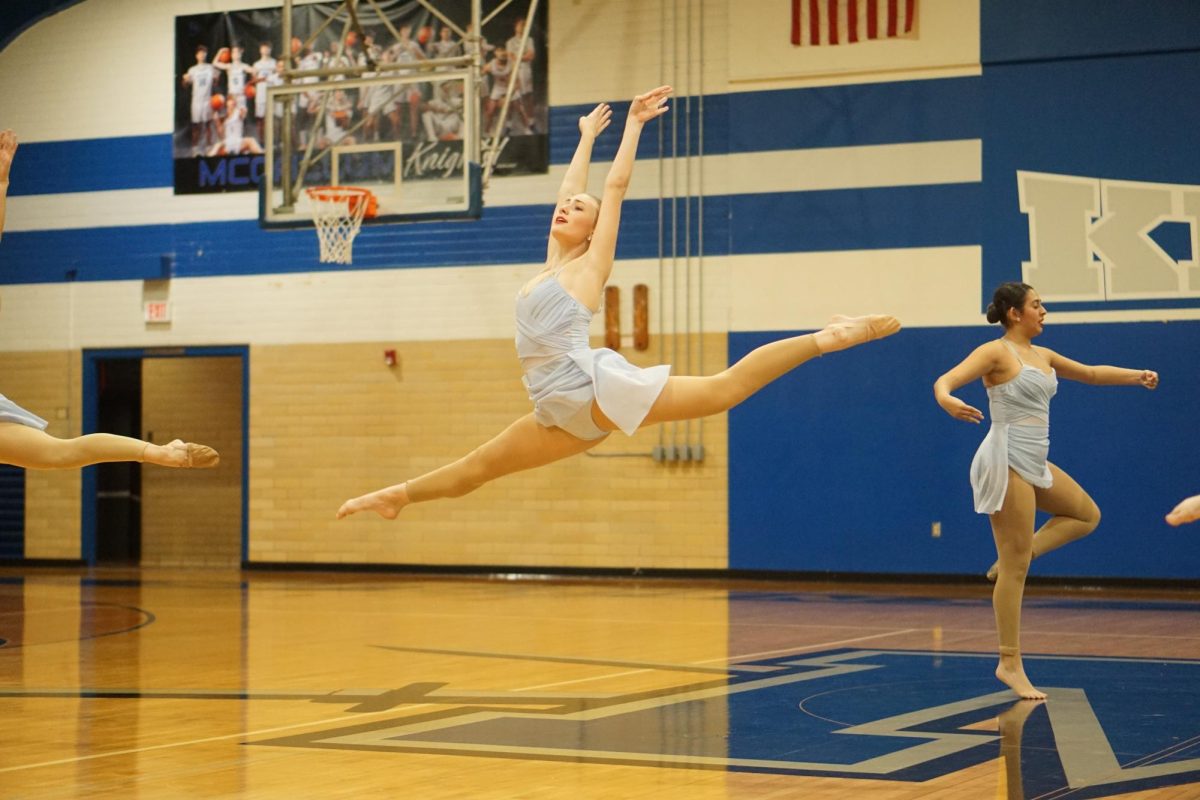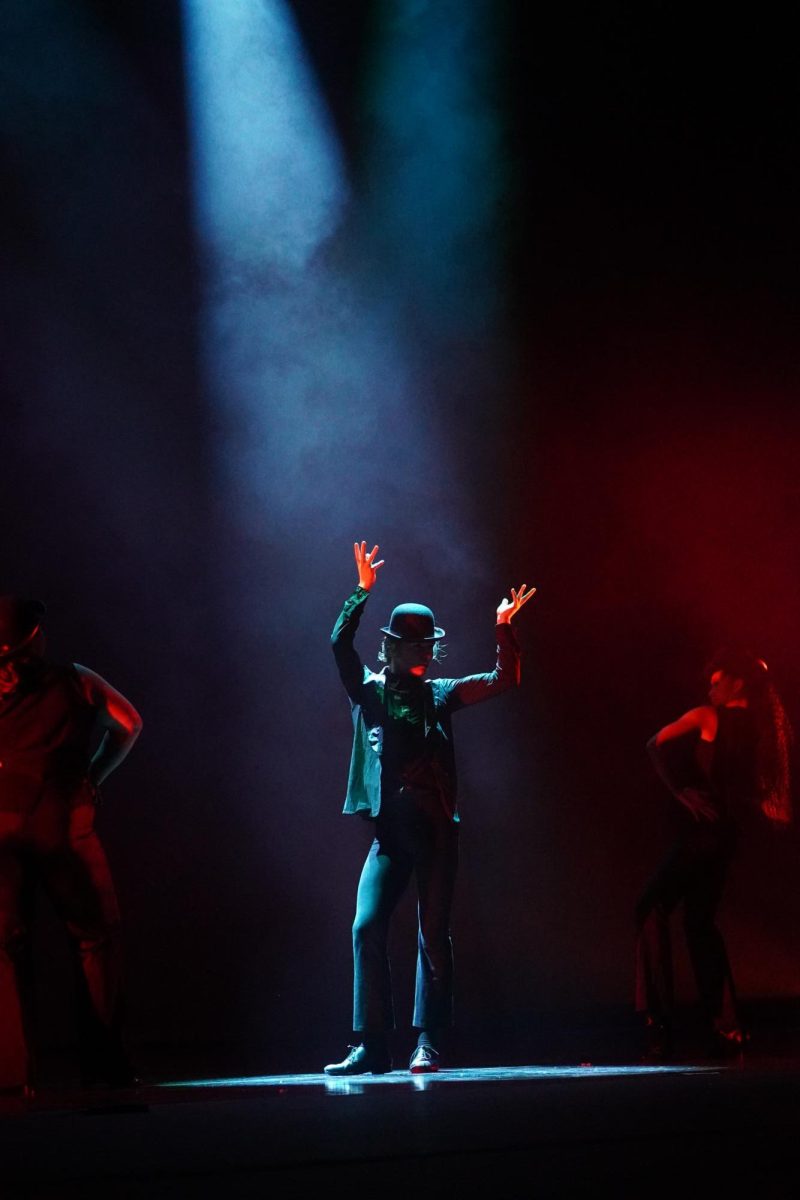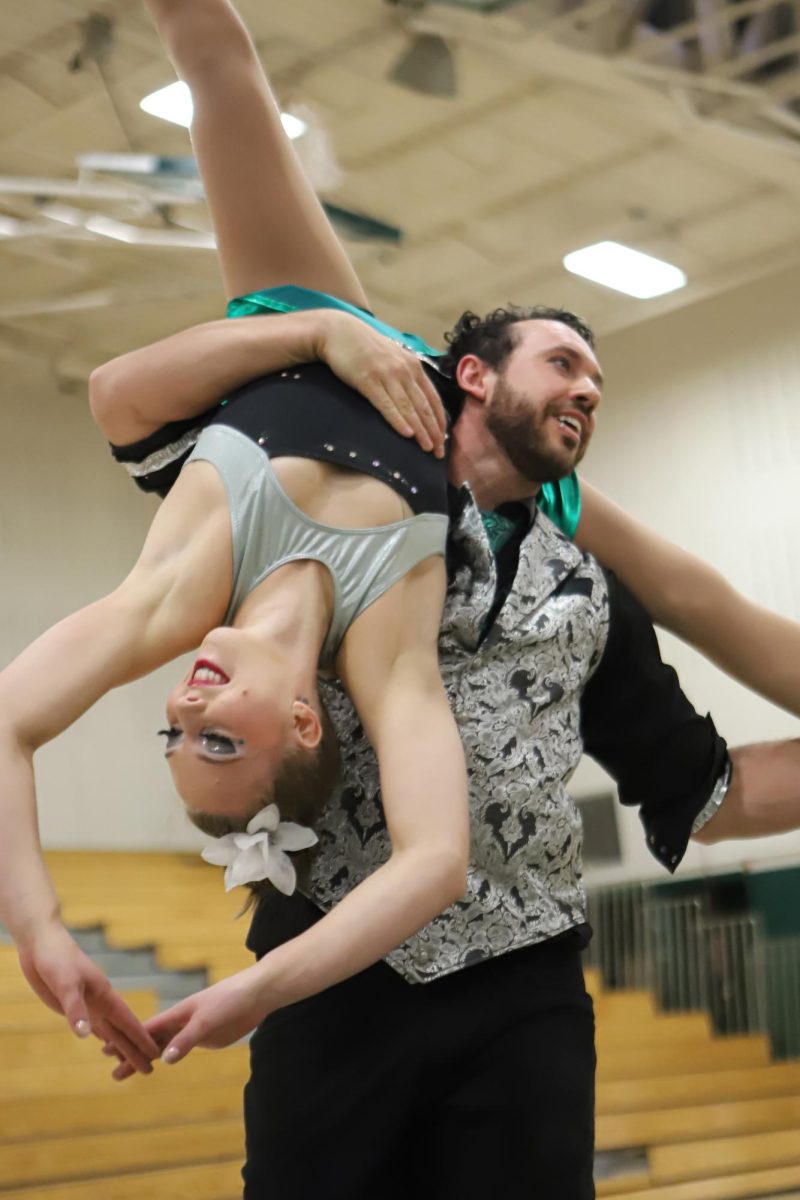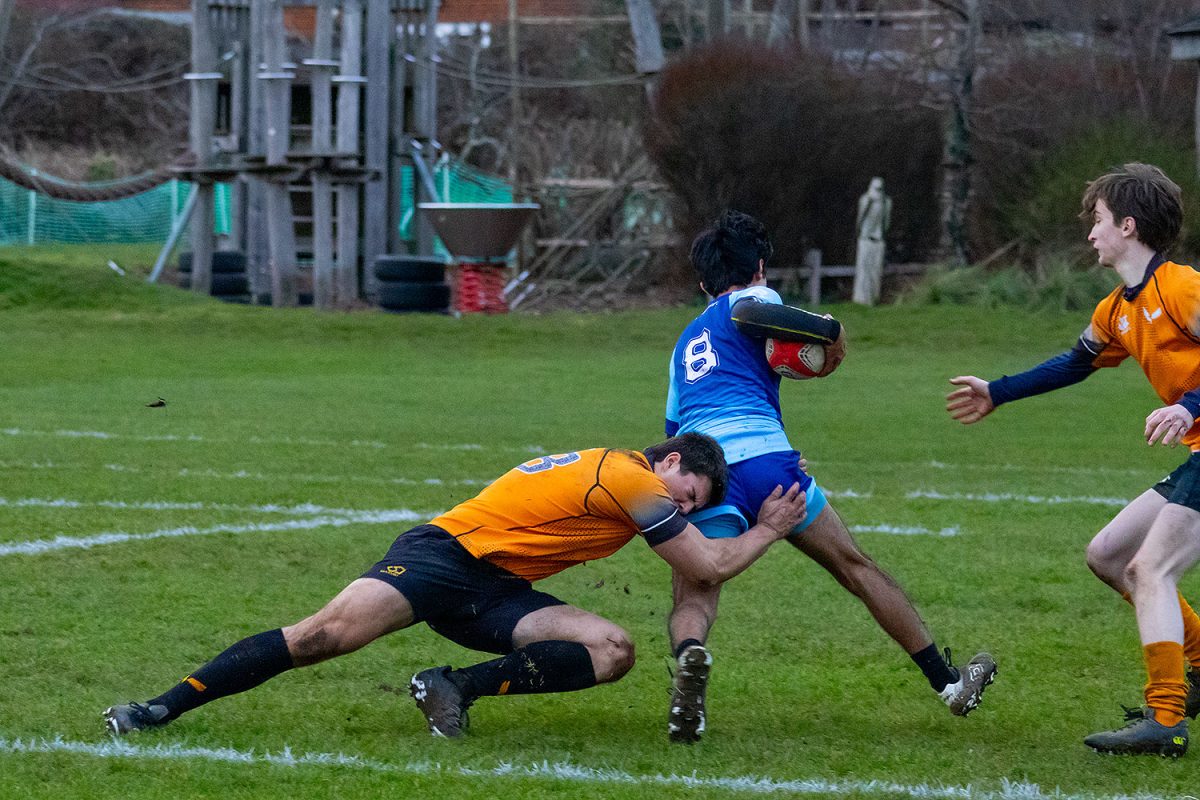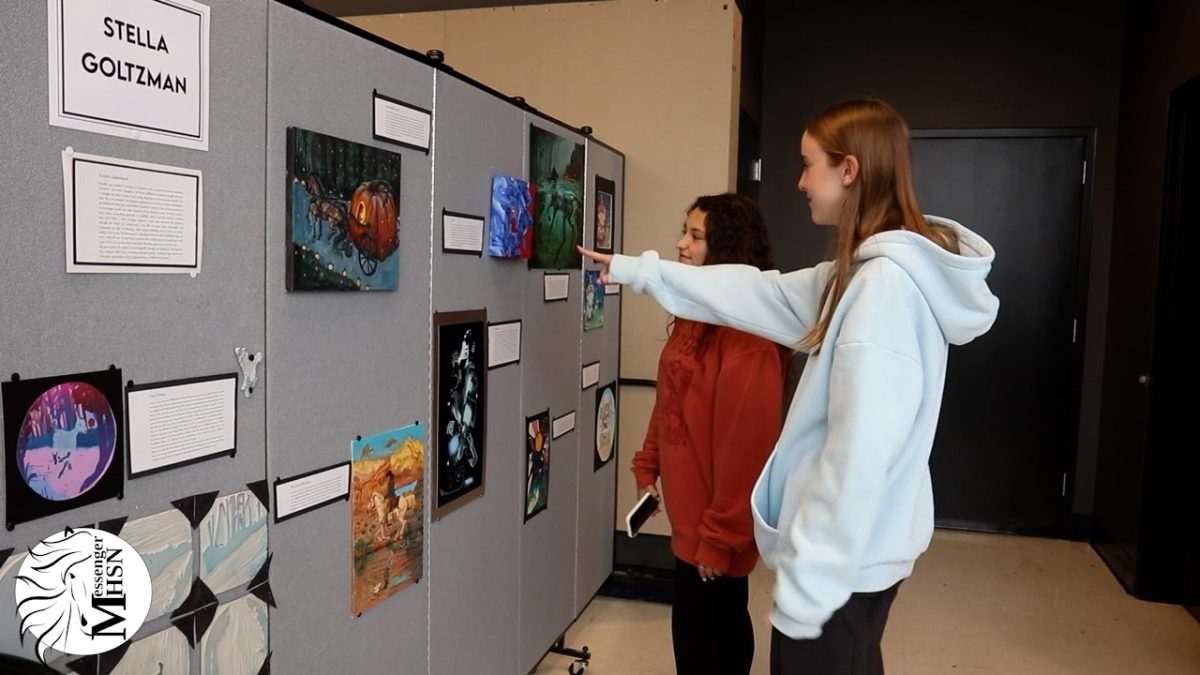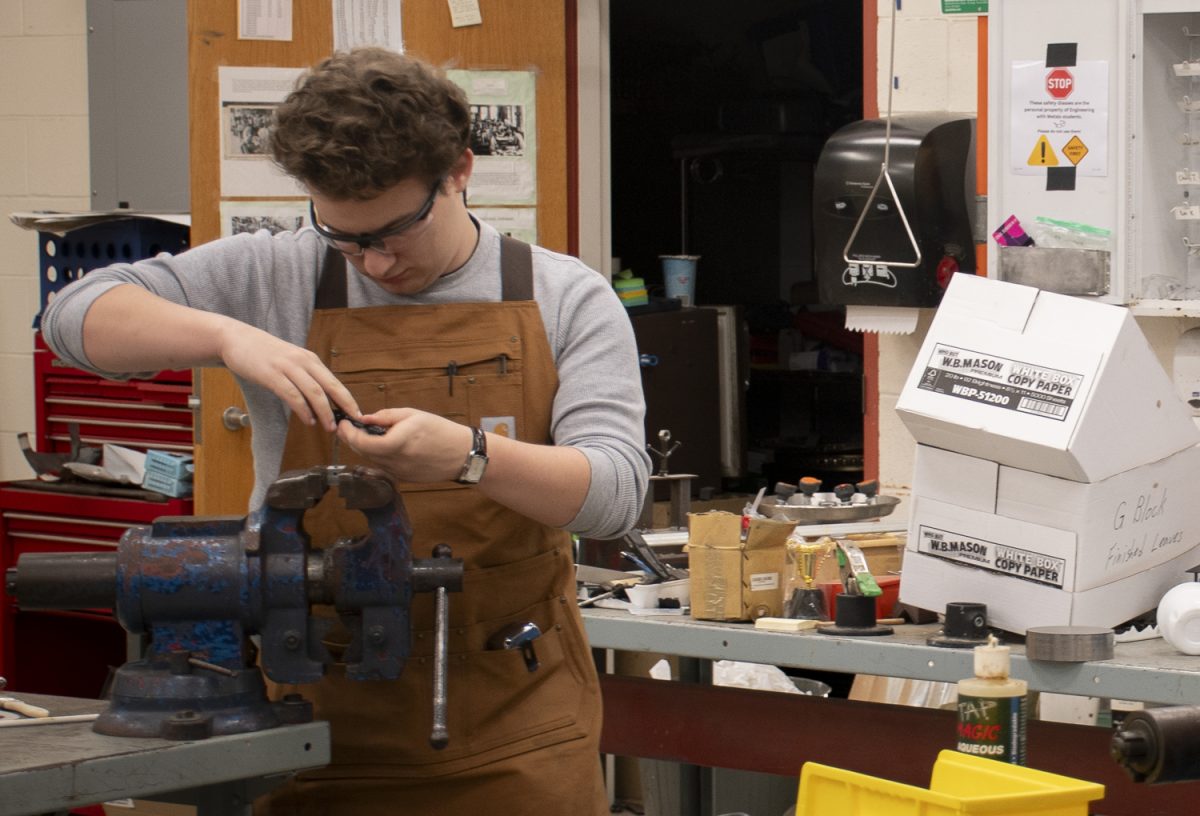The robotics team has commenced its biggest challenge of the year: the intense two-month build season for the 2025 FIRST Robotics Competition (FRC) game, “Reefscape.”
The team’s efforts cover two major robotics programs: the FRC and the FIRST Tech Challenge (FTC) where this year’s focus involves mentoring eighth graders in STEM skills. While the FRC team focuses on large-scale robots and complex tasks, the FTC team prioritizes its expertise with smaller, detail-oriented challenges and prepares for its own, bigger competitive season. Entering their 21st season, they hope to tackle each competition from multiple angles and unique roles.
The team competes in FRC, which requires them to build a 120-pound robot from scratch. Senior team captain Ben Kahn must make sure that his team follows the rules and specific regulations, such as weight and size dimensions.

“What the robot has to do changes every year, it’s what we call the ‘game,’” Kahn said. “It details the specific tasks we have to do.”
Each January, teams worldwide receive a new game detailing specific tasks their robots must perform. For example, last year’s game involved launching orange rings into a target basket. This year’s complex game is called “Reefscape,” involving multiple tasks the robot must be able to perform. A few include harvesting algae (rubber kickballs), seeding coral (tubes) on their reef (metal structure) and returning to their barge to ascend to the ocean surface (hang on a metal frame). In order to create an effective strategy and maximize the amount of points to score, the team must delegate tasks and prepare in advance.
The team is divided into sub-teams, each focused on a specific aspect of the robot’s design. Sophomore Akshaj Polavarapu is the head of the mechanical team, responsible for designing and building components. Using computer-aided design (CAD) software, he ensures all parts meet competition regulations.
“My role is lead mechanical,” Polavarapu said. “I help design the robot, put it together and use CAD.”
Part of the robotics strategy is to construct a robot that will be able to gain the most points by hanging on metal frames and strategically design their robot to earn the most points.
“Our robot plans to go for the harder ones [lowest frame] so we can depend less on our alliance partners [other teams], and hopefully win,” Polavarupu said.
Sophomore Caitlin Palmer found her place on the robotics team through the software sub-team, where she programs the robot and ensures it communicates effectively during competitions. Palmer and her team write code that ensures the robot performs effectively.
“We use Visual Studio Code [and the] WPI Library to program the robot, which needs to ‘talk’ with the competition software,” Palmer said.
Palmer operates the robot’s arm, a responsibility that helps her connect with others.
“[Robotics] is a close-knit community where you can make new friends, learn new things and just have fun,” Palmer said.
Head coach Dan Strickland has been with the program since its beginning 21 years ago. He’s seen the team evolve from focusing solely on mechanical building to inspiring younger students through outreach efforts.
“It used to be a lot about just the mechanical building [of] the robot, [but] it has morphed more into trying to inspire even younger kids,” Strickland said.
The team’s approach has modernized with industry-standard CAD software, allowing students to plan designs in advance. During the offseason, they mentor younger students and organize events like the FIRST Lego League (FLL) qualifier, which introduces middle school students to robotics.
“The FLL qualifier [had] 64 teams, double last year, and many members helped with these competitions,” Palmer said. “We want to get the younger generation interested in STEM.”
Senior Yuhi Kashi works in the metal shop, finding satisfaction in the hands-on process of building robot parts.
“Personally, I really like to make robot parts in the metal shop,” Kashi said. “We have machines that drill holes and shave metal—it’s really satisfying to see parts come together.”
The two-month build season is intense, with meetings four times a week as the team designs, builds and tests their robot. Despite the competition, the robotics community is known for its camaraderie.

“In terms of FIRST as an organization, while we are in direct competition with all of these other teams, it’s a very friendly competition,” Kahn said. “If we ever need help with anything, a lot of people offer help; if we need to borrow tools or even metal to make something, we can generally ask around and be provided with it.”
Through their hard work, the team not only builds robots but a sense of community, personal growth and passion for STEM.
“It’s like a family because we spend so much time here,” Polavarapu said.
For these students, robotics is more than just competition; it’s a space to learn, grow and inspire others to dream big in the world of science, technology, engineering and math.
This story was originally published on The Harbinger on January 22, 2025.

